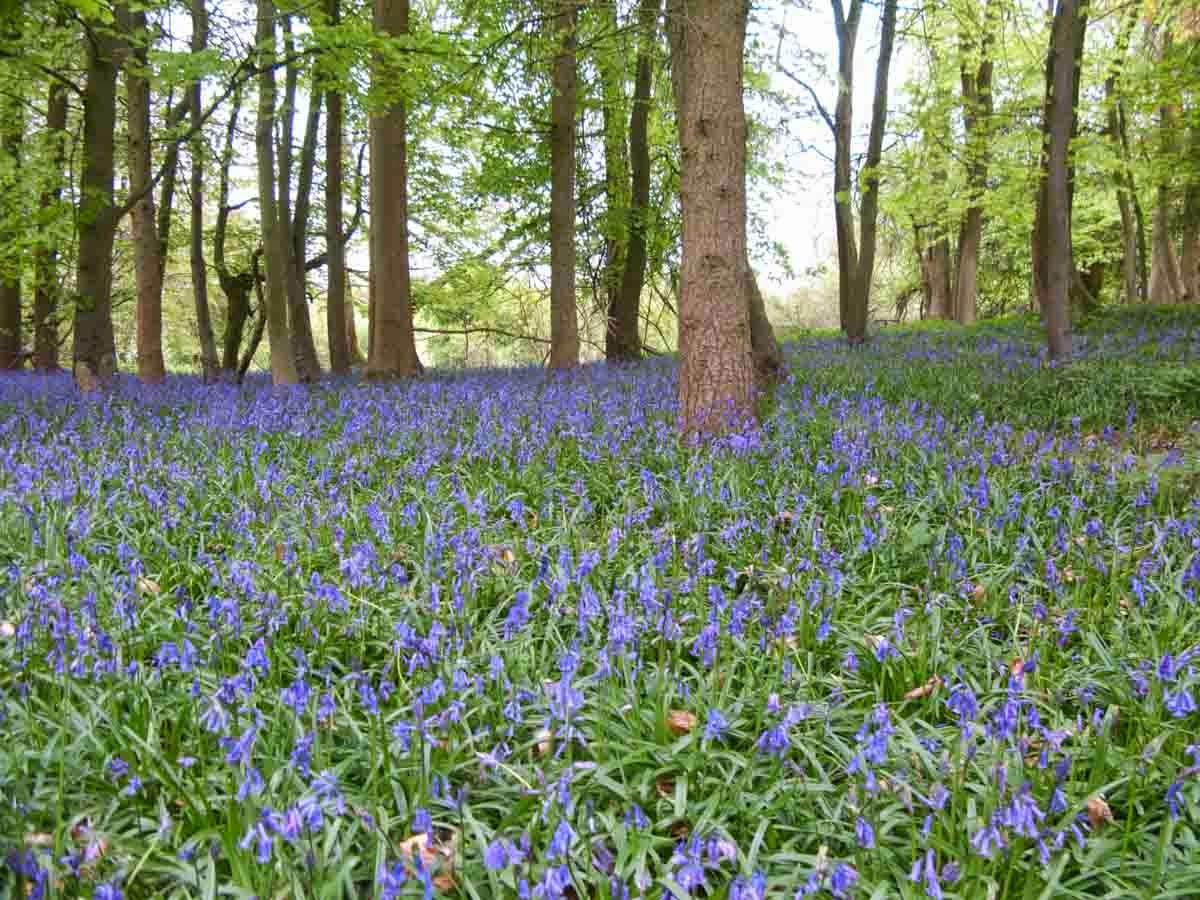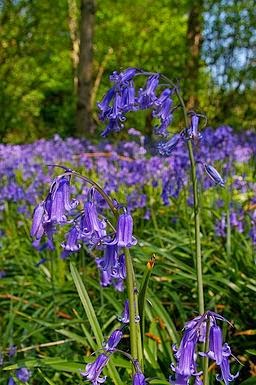By Helen Roberts
 |
| A keyhole garden in Rwanda. Photo courtesy of Send a Cow. |
Back in June, my son’s primary school, located in a small village on the edge of the Mendip Hills, built something called a keyhole garden in their grounds. Having no idea what a keyhole garden was, I thought I would offer up my services as a parent volunteer for the garden day.
The idea of keyhole gardens originated in Africa out of necessity. They enable families to produce food on dry, exposed and rocky soils – essentially land that is infertile. The gardens are shaped like a keyhole and act like an organic recycling tank using food and garden waste as fuel to grow vegetables.
The garden day at my son’s school was organised and facilitated by a charity organisation called Send a Cow. This charity helps families and communities in Africa by providing farmers with the skills and tools they need to farm using sustainable and organic methods. Farmers on the programme are given the gift of livestock, seeds and other assets and every farmer makes a pledge to pass on the gift of training, seeds and livestock to another family in need.
The facilitators from Send a Cow held a morning workshop with the children to discuss building the keyhole garden and the materials needed. Two sixth form pupils from another local school were there to help with the session and contributed enormously to the discussion, engaging with their younger peers and getting them interested in the activities. These two students are hoping to run Send a Cow African Garden Day workshops themselves.
 |
| A tip tap hand washer in Uganda. Photo courtesy of Send a Cow. |
Some of the children also learned about tip tap hand washers. These are a simple water conserving/hygiene device used in African countries aimed at improving hygiene and preventing the spread of diseases. Send a Cow shows families how to make them.
Laying the foundation
I joined the children in the afternoon to help build the garden. My pre-schooler was eager to muck in too as he is an avid gardener and had already donned gloves with trowel in hand in eager anticipation of the job ahead!
The keyhole garden was to be located along a major walk way, on a patch of grass that would be visible to the children walking to their various classes. This would enable them to see what was happening with the garden on a day-to-day basis and judge whether the garden needed weeding or watering. A group of children were assigned the task of building the stone base around the patch of bare soil that had had the turf removed the previous week. This turf was recycled back into the garden via the school compost bins.
 |
| The foundation of the garden can be made from whatever resources are available. This garden is in Lesotho. Photo courtesy of Send a Cow. |
The prepared ground was a typical keyhole shape, with a 1.4 metre radius circle and an entrance triangle starting from the circle centre to the edge of the circle. The entrance is north facing to allow more room for sun-loving plants. The children worked hard moving and placing stones in a double layer for the outer wall- a little taster of the backbreaking work done by people who build dry stone walls.
For all key hole gardens, the simplicity of the design means materials can be sourced locally. In Africa, this includes many creative construction materials, such as plastic bottles filled with sand, instead of stones or bricks for the main structure of the key-hole garden base. We used Mendip limestone.
After the stonework, a steady flow of soil mixed with manure was wheel-barrowed across the school grounds and excitedly transferred by spade into the garden. The children had previously made the composting basket, which is central to the keyhole garden, out of runner bean canes (or sticks), string and chicken wire. This was placed in the centre whilst the soil was piled around it. Composting material was then placed in the compost basket, along with straw.
Planting it up
 |
| The finished garden at the primary school. |
Planting up the garden was the most exciting part for the children. The volunteers had a line of seedlings lined up for the students to plant carefully. Typically, the vegetables commonly grown in African keyhole gardens include spinach, amaranth, gourds, Tithonia (eg tree marigold), chillies, sweetcorn and climbing beans. Plants with deep roots that require lots of feeding are planted near the centre of the garden. Herbs are added near the rock walls to help bind the soil and compost.
In the Mendip school garden, tomatoes, lettuce, cabbages, peas, sunflowers, cornflowers, nasturtium and calendula were planted out. Flowers were added to the vegetables to add colour and other benefits. Nasturtiums are useful companion plants because black aphids, black fly and cabbage white butterflies cannot resist them and feed on them rather than the crops.
“It was a fantastic day and the children really enjoyed it and still talk about it avidly,” said Mrs Savage, the school reception teacher.
The African Garden Day informed the children about positive ways people in Africa are feeding themselves sustainably, but it’s also a long-term teaching tool and resource to get children interested in plants.
“All the summer sunshine has done wonders for the African Garden created by the children last term,” said Mrs Williams, the school’s Head Teacher over the summer. “It is looking amazing and we are very proud of our achievement!”
There are plans afoot to develop a second garden, but more in keeping with Somerset traditions using weaved willow to form the base wall and compost bin.
African Garden Days is one of many programmes run by Send a Cow. It is the UK’s largest global learning project with approximately 30,000 children taking part. African Garden Days offers primary schools the chance to experience a fantastic hands-on day, combining classroom sessions with an outdoor challenge to create a global kitchen garden within the school grounds. It is aimed at Key stage 2 and 3 children, but also involves the whole school in an assembly and class session. The cost of running the garden day goes directly back to Send a Cow.






.jpg)

